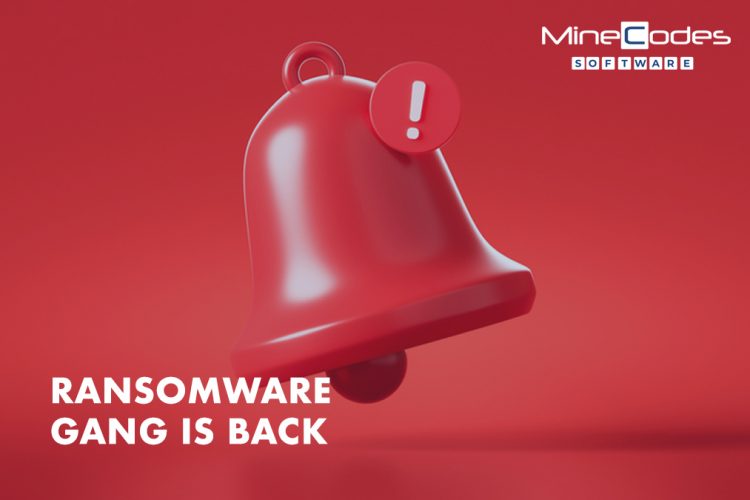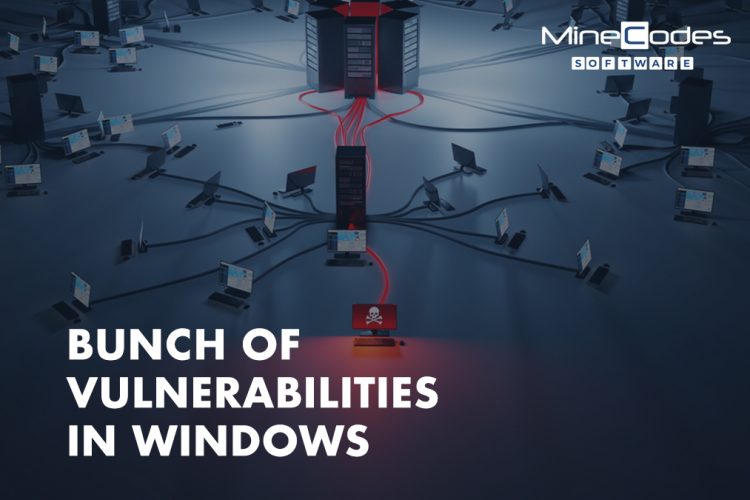
Large volumes of data are collected and stored by businesses. So much of your business revolves around private data, from invoicing invoices to credit card details.
To succeed, you must put your faith in your staff with this information. Even the most well-intentioned employee, though, may make mistakes that expose your firm to cyberattacks.
We recently performed research to see how many firms are concerned about cyberattacks caused by staff errors.
More than half of businesses surveyed believe a lack of knowledge, carelessness or malice on an employee’s part could lead to a cyberattack. According to ComputerWeekly.com, additional study finds that 84 percent of cyberattack victims blame the assault, at least in part, on human mistake.
So, what kind of staff errors make your firm vulnerable to cyberattacks?
Here’s a rundown of the seven most typical staff blunders, along with suggestions for how to avoid them.
- Responding to Emails from Strangers
In business, email is the favoured method of communication. According to The Radicati Group, the typical individual receives 235 emails every day. With so many emails, it’s only natural that some of them are scammers. Opening an unknown email or an attachment within an email might spread a virus, giving attackers access to your company’s digital infrastructure.
Solutions:
- Employees should be advised not to open emails from persons they do not know.
- Employees should be warned not to access any unfamiliar attachments or URLs.
- Inadequate Login Credentials
According to Mashable, 81% of individuals use the same password for everything. Personal information, such as a nickname or street address, is used in a lot of passwords, which is an issue. Cybercriminals have systems that monitor public profiles for possible password combinations and plug them in one by one until they find one that works. They also utilise dictionary assaults, which test a variety of terms until they discover one that matches.
Solutions:
- Employees should be required to use unique passwords.
- To make a password more secure, include digits and symbols. Change “Seattle” to “S3att!e,” for example.
- Set policies requiring workers to create unique, complicated passwords with at least 12 characters, and to change them if they suspect they have been hacked.
- Use a password manager programme to establish secure individual passwords for many apps, websites, and devices, taking the guesswork out of it.
- Passwords scribbled on sticky notes
Have you ever gone through the workplace and saw a sticky note with passwords scrawled on it on a computer screen? It happens more frequently than you may believe. While you want to foster a sense of trust within your company, making passwords accessible is too trusting.
Solutions:
- If staff are required to write passwords down, request that the paper copies be stored in locked cabinets.
- Having Unrestricted Access to Everything
Companies do not always compartmentalise data. To put it another way, everyone in the firm, from interns to board members, has access to the same files. When everyone has equal access to data, the number of persons who can leak, lose, or mishandle data grows.
Solutions:
- Set up tiers of access, granting access only to those who require it at each level.
- Limit the amount of users who may make changes to the system’s settings.
- Don’t give staff administrative access to their devices unless they really need it. Even staff with administrative privileges should only utilise them when absolutely necessary.
- To fight CEO fraud, require dual sign-off before any payments over a specific amount may be made.
- Insufficient employee training
According to research, the majority of businesses provide cybersecurity training. Only 25% of corporate leaders, on the other hand, feel the training is beneficial.
Solutions:
Annual cybersecurity awareness training should be provided. The following are examples of possible topics:
- The relevance of cybersecurity training and the reasons for it
- Online scams and phishing
- Computers that are locked
- Management of passwords
- How to take care of your mobile devices
- Situational scenarios that are relevant
- Antivirus Software That Isn’t Up To Date
Antivirus software should be installed as a precaution, but employees should not be responsible for keeping it up to date. Employees at certain firms are urged to make changes and have the option of whether or not to do so. When employees are in the middle of a project, they are likely to say no to upgrades since many of them require them to shut applications or restart machines.
Antivirus updates are critical, and they should be done immediately rather than delegated to personnel.
Solutions:
- Set up all system updates to happen automatically after work hours.
- Allow no employee, regardless of rank, to opt out of the corporate policy.
7. Using Mobile Devices That Aren’t Secure
Do your staff use company-issued cell phones, tablets, or laptop computers? Is there a mechanism in place to keep these devices safe, if so? Many businesses are unconcerned about mobile devices, although they are a prime target for hackers.
Solutions:
- Every gadget should be secured with a password.
- Have someone to call if a gadget is lost or stolen, and take procedures to remotely disable the device.
- To remotely manage mobile devices, use endpoint security solutions.
- Don’t use public Wi-Fi for sensitive transactions.
Employees are only human, and digital mishaps may occur. Cyberthreats can be avoided if you take basic precautions to secure equipment and teach personnel.
Managing your company’s cybersecurity, of course, extends beyond staff training. A reliable cybersecurity firm is required to protect a company’s digital presence and manage risks.
” This blog offers generic information. By no means, it is professional advice. The information aforementioned is believed to be factually correct. The information provided is solely based on the author’s judgment and is subject to change. This is not endorsed by any 3rd parties or other brands.”
Article Credits –
kaspersky.com
#SecurityAwareness #Anti-Ransomware #CyberAttacks #Privacy



